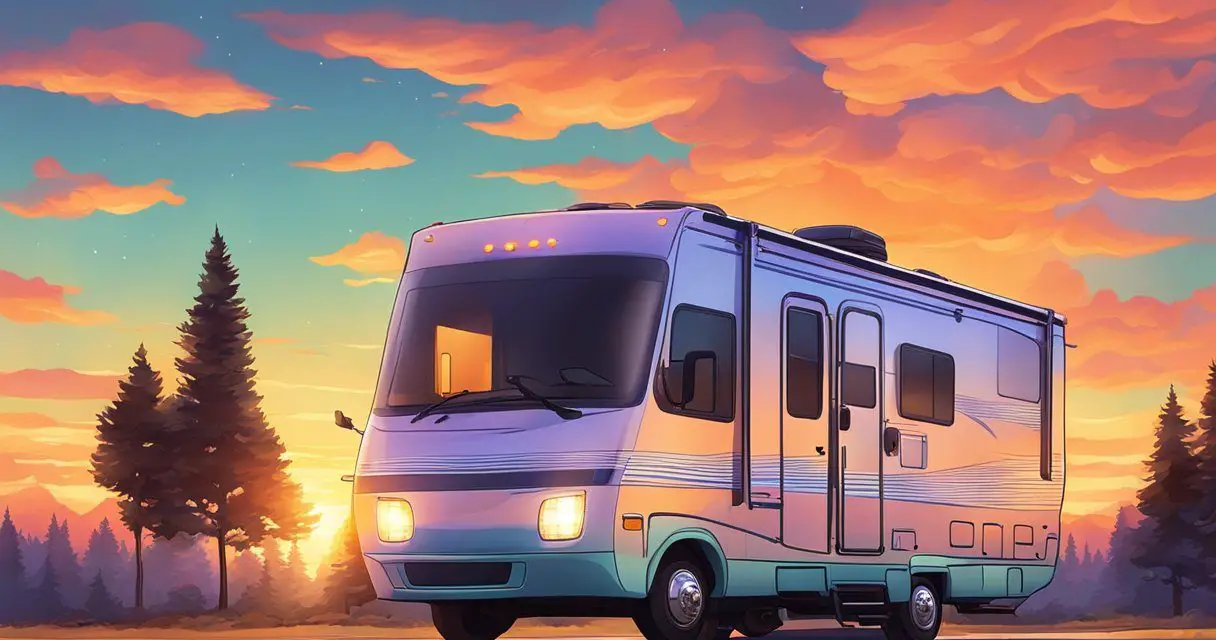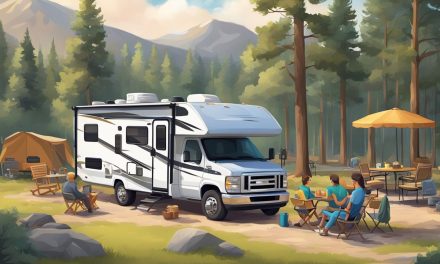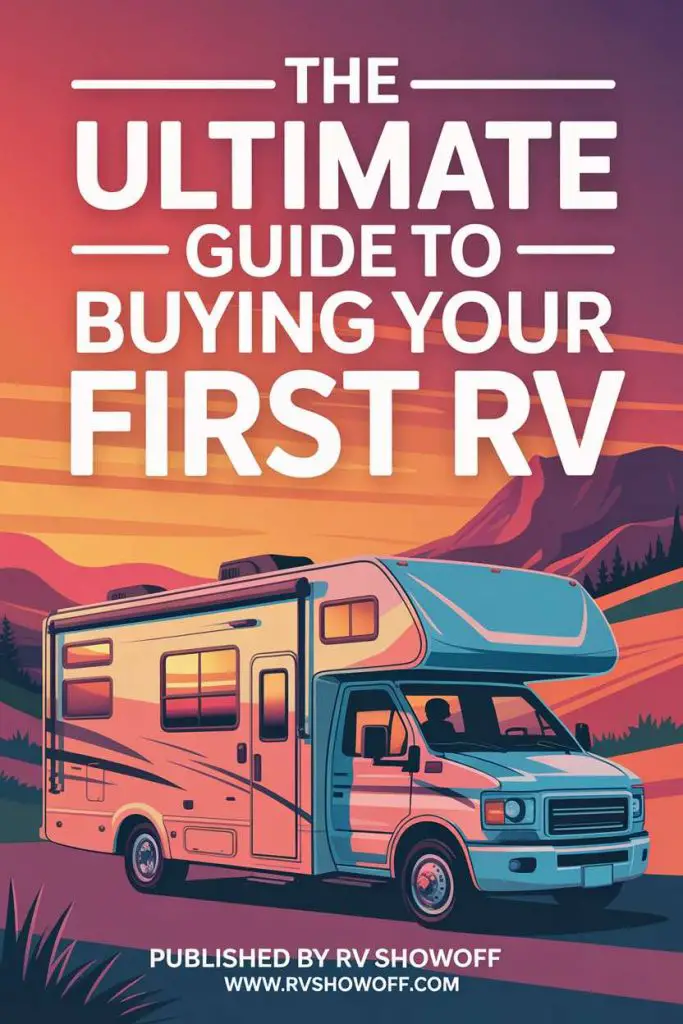Would you like to save this article?
There’s nothing quite like parking your RV in a scenic spot and watching the sky explode with color as the sun dips below the horizon. Sunsets have long been the grand finale of a day on the road, offering a moment of awe, reflection, and, of course, the perfect backdrop for your next Instagram post.
But have you ever wondered what actually causes those jaw-dropping displays of reds, oranges, and pinks?
Or why some evenings are a total showstopper while others are just “meh”?
Understanding the science behind sunsets not only adds to your appreciation but can also help you predict when and where to catch the most spectacular ones on your next RV adventure.
So, let’s dive into the science and secrets of stunning sunsets-and make sure your next trip ends with a sky worth remembering.
1. The Science of Sunset Colors: Why the Sky Goes Wild
The vibrant colors of a sunset are all thanks to a phenomenon called scattering. As the sun sinks lower in the sky, its light has to travel through more of the Earth’s atmosphere-up to 40 times more than at midday.
Shorter wavelengths like blue and violet are scattered out of your line of sight, leaving behind the longer wavelengths of red, orange, and yellow.
This is why sunsets often glow with warm, fiery hues. The specific colors you see depend on the size and type of particles in the air; tiny molecules scatter blue light, while larger particles can mute the colors.
So, the next time you see a sunset that looks like it was painted by a cosmic artist, thank the atmosphere for doing all the heavy lifting.
If only my laundry sorted itself as efficiently as the atmosphere sorts light, I’d have a lot fewer mismatched socks.
2. The Role of Weather and Seasons: When to Expect the Best Sunsets
Not all sunsets are created equal, and the time of year plays a big role in their intensity. In the United States, late fall and winter are prime time for the most colorful sunsets, thanks to cleaner, drier air that scatters less light and allows those vibrant reds and oranges to shine through.
Humidity and pollution in the summer can dull the colors, while crisp, clear winter air acts like a high-definition filter for the sky. Weather also matters: high clouds like cirrus and altocumulus catch the sun’s rays and reflect them in dramatic ways, while low clouds tend to block the show.
Clearly, Mother Nature is a fan of “sweater weather” sunsets-just another reason to pack that ugly holiday sweater for your RV trip!
3. Air Quality: Clean Air Makes for Cleaner Colors
Contrary to popular belief, air pollution and wildfire smoke don’t make sunsets more vivid-in fact, they usually do the opposite. Large particles from dust, smoke, or pollution absorb more light and scatter all wavelengths more equally, which tends to mute the colors of a sunset1. The most vibrant sunsets happen when the air is clean and free of large particulates, allowing the selective scattering of blue and violet light and leaving behind the warm colors we love.
After a rainstorm, the air is often at its cleanest, making for some of the best sunset viewing conditions.
So, if you want a stunning sunset, hope for rain-just not on your barbecue night!
4. How to Predict a Picture-Perfect Sunset for Your RV Stop
Predicting a jaw-dropping sunset isn’t just luck-it’s science! Look for days with 30–70% high cloud cover (especially cirrus clouds), clean air (often after a storm), and low humidity.
Apps like The Photographer’s Ephemeris, Sky Candy, and SunsetWX can help you pinpoint the exact time and direction of the sunset at your location, and even give you a “sunset quality” forecast.
Watching for temperature swings and wind can also help, as these conditions can clear the air and set the stage for a colorful sky.
If only there were an app to predict when you’ll finally find that missing RV key-now that would be a real game-changer!
5. The RV Advantage: Chasing Sunsets on the Open Road
One of the greatest perks of RV life is the freedom to chase the sunset wherever it looks most promising. With a little planning and the right tools, you can position your rig for the best view-whether it’s a lakeside vista, a mountain overlook, or a quiet desert plain. Use sunset prediction apps to plan your route, and don’t forget to scout for unobstructed horizons and scenic backdrops.
Remember, the best sunsets often happen just after the sun has dipped below the horizon, so stick around for the “afterglow”.
The only thing better than a perfect sunset from your RV window is realizing you parked facing the right direction-on the first try!






